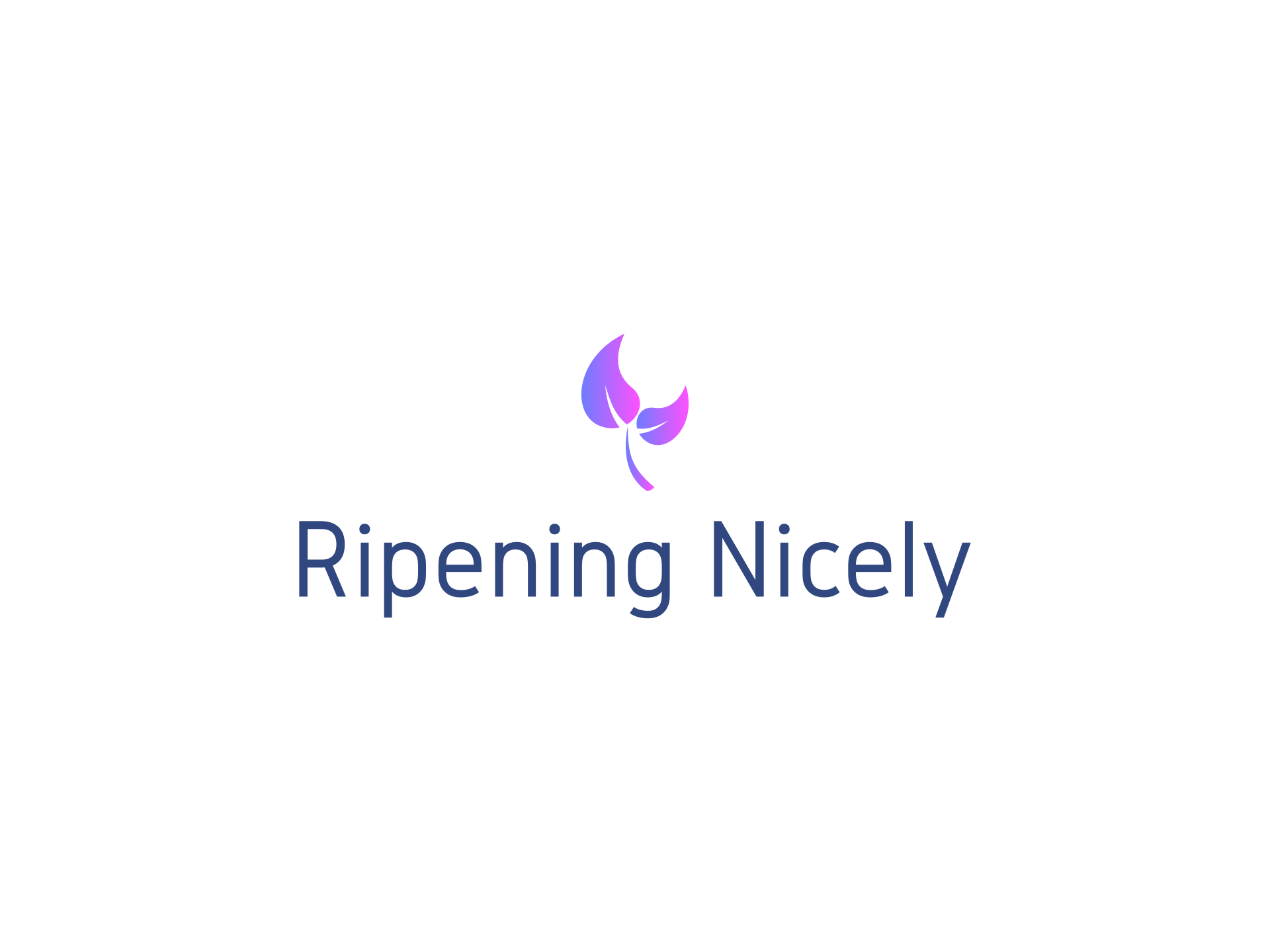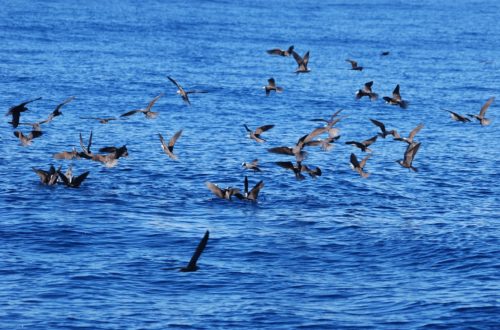
Sashimi!
A few days back we had a beautiful experience with spinner dolphins in Chagos. A huge pod were playing inside the lagoon on quite a calm day so we tore out in the dinghy to play with them. They quite often play in Aroha’s bow wave when we’re on passage, but it was quite an experience being that much closer to the water and to them. As they darted under us and weaved back and forward across our bow, Helen was paranoid that we were going to run one over. How would we explain that to the kids!? Anyway, they managed to stay away from our propeller and stayed with us as we zoomed around in circles and figure eights through their huge pod. Spinner dolphins get their name from the way they jetson themselves above the surface and twist vertically, but the move that surprised me was the way they swim on their backs and splash their tails on the surface of the water. I thought that was a trick they saved for Sea World type performances.
We snorkel pretty much every day in Chagos, trying out different spots and visiting some of the small nearby islands. One of our favourite spots is in the gap between Takamaka and Fouquet islands. The current whizzes through there at all states of the tide, making for a fun drift snorkel, whilst a ‘designated driver’ stays with the dinghy and drifts through to pick up the swimmers on the inside of the lagoon. This gap has earned the nickname ‘the aquarium’ for its fish life, although you have to look quickly before it passes by. There are usually a couple of little blacktip reef sharks waiting down current, making a meal of any fish that can’t keep up with the current. After each snorkel our fish guidebooks normally get a bit of a workout, trying to identify newly spotted wildlife.
The real wildlife prize came a few days ago in the form of a dead whale. The less politically correct amongst us named it ‘Sashimi’, although the name didn’t really catch on and it was better known as ‘the whale’. Yeah yeah, it’s sad that it was dead but it’s all part of the circle of life and all that. The five-meter long male beaked whale was washed into the lagoon over the reef one night. Sten and Danika towed it and tied it to a mooring buoy marking a small reef just behind Aroha, and emailed BIOT to see if their wildlife guys are interested in looking at it. Further snorkelling activities off the boat were cancelled, with two tonnes of shark bait secured nearby!
We rafted up in our dinghies next to ‘Sashimi’ that evening, to toast to the whale’s life as the sun went down. Geeze, any excuse for a drink! By a happy coincidence a new yacht arrived that afternoon with three Japanese on board. The rest of us showed utmost restraint by not asking about sushi preparation.
Sure enough, the next morning the carcass was torn free of the buoy and huge chunks taken out of its stomach and tail area. We could see four-meter long tiger sharks circling under us – longer than our dinghies! Those guys are big – they are really solid both width and height-wise. Sten and Danika towed the carcass again, into the shallows, so that BIOT (who’d replied “we’ll be there before it starts to smell too much!”) could study it. Even though it was too shallow for the tiger sharks to get in, the reef was soon teeming with blacktip reef sharks (very common here, but quite small at about a meter and a half), stingrays, nurse sharks (a treat to see- about three meters long) and every other reef dweller out for a free dinner.
A day later the BIOT fisheries guy turned up with a tape measure and camera. Sashimi was by now emitting a strong oily, fishy stench that feels like it’s still in the back of my nostrils. With nothing more to be done, Sten and Danika prepared to tow it back into deeper water for the tiger sharks. We missed the feeding frenzy as we wanted to leave to the Maldives already, but we look forward to reading about it in their blog.
26 July 2009
The BIOT patrol boat drops by the permitted yacht anchorages every few weeks as part of its wider tour of the Chagos Archipelago and its protected waters. This boat serves a multitude of uses – their primary purpose is to patrol for fisheries infractions within the two hundred mile fisheries exclusion zone. They chase off unlicensed fishing boats as well as poachers who take coconut crabs, sea cucumbers and turtles from around the islands. I can’t imagine who would come this far to poach, but I guess they do. We both struggle to understand how any nation could eat the sea cucumbers – if you have never seen one, they look like giant underwater slugs. Erin found one washed up on shore giving her a ringside seat to see what was ‘on the inside’ which she aptly described as “yellow snot”!
The BIOT boat also carries BIOT / UK customs and police officers who check cruising permits. The ‘Diago Garcia’ is surely one of the most unusual stamps we now all sport in our passports. There are usually a few US military observers who tag along on the BIOT boat too.
The most anticipated function of the visit of the BIOT boat is the ‘get to know the yachties’ BBQs they hold onboard and the ice cream and steak they serve. We went to a BBQ on board a few days back and in addition to a great feed, I don’t think that I’ve ever met such an interesting group of people – fisheries and wildlife experts, British Marines, career soldiers. The experience really changed my opinion of this place. The wildlife protection guys in particular really know their stuff and are very professional. It was great to find out how unique and important Chagos is in the bigger Indian Ocean picture. We even got to find out the names of many of the local birds here – although it was a bit disappointing to find the grand names we were expecting for one flock was actually ‘Noddies’ – still I feel sorrier still for the ‘Boobies’. We also discovered that relatively little is known about the coconut crabs that flourish on the Chagos Islands. These are big brutes of crabs – we have seen some spanning about half a meter. The biggest surprise was that they don’t start mating till they reach the grand old age of 25, so makes it more important to protect the younger of the species.
We are sending this as we make our final preparations to leave Chagos. The pancakes and beds are being made, weather report being requested etc. There have been a number of adventures from our stay in Chagos that will stay with us for a long time. Even over the last few days with the drama around the dead whale being washed up inside the lagoon. The scent and blood of the whale started attracting bigger shark species than we are used to seeing including several tiger sharks. There are pancakes to eat and then it’s time to lift the anchor and head back to the Maldives for more adventures…
Follow and like us to be notified of future blogs!




















